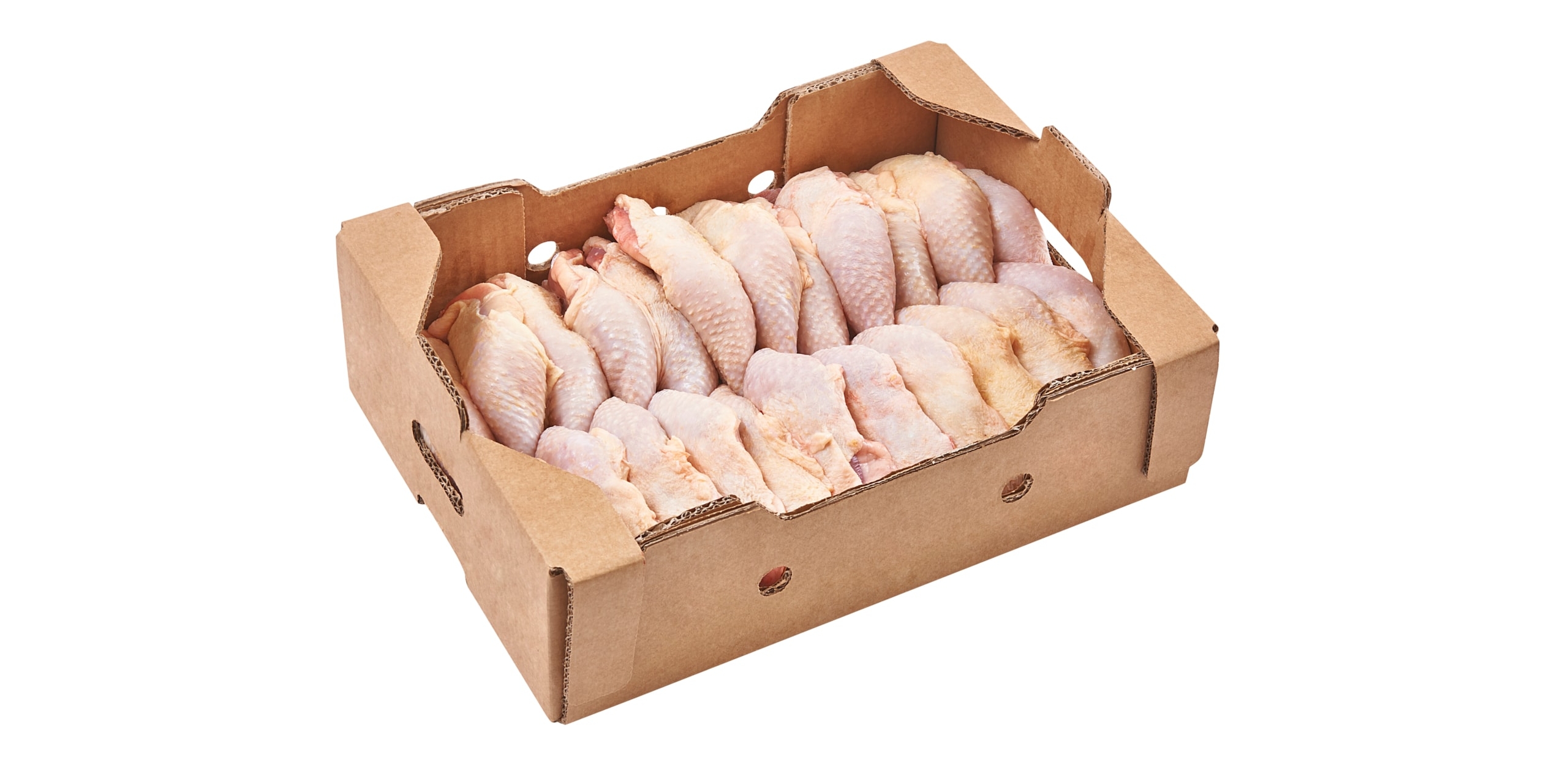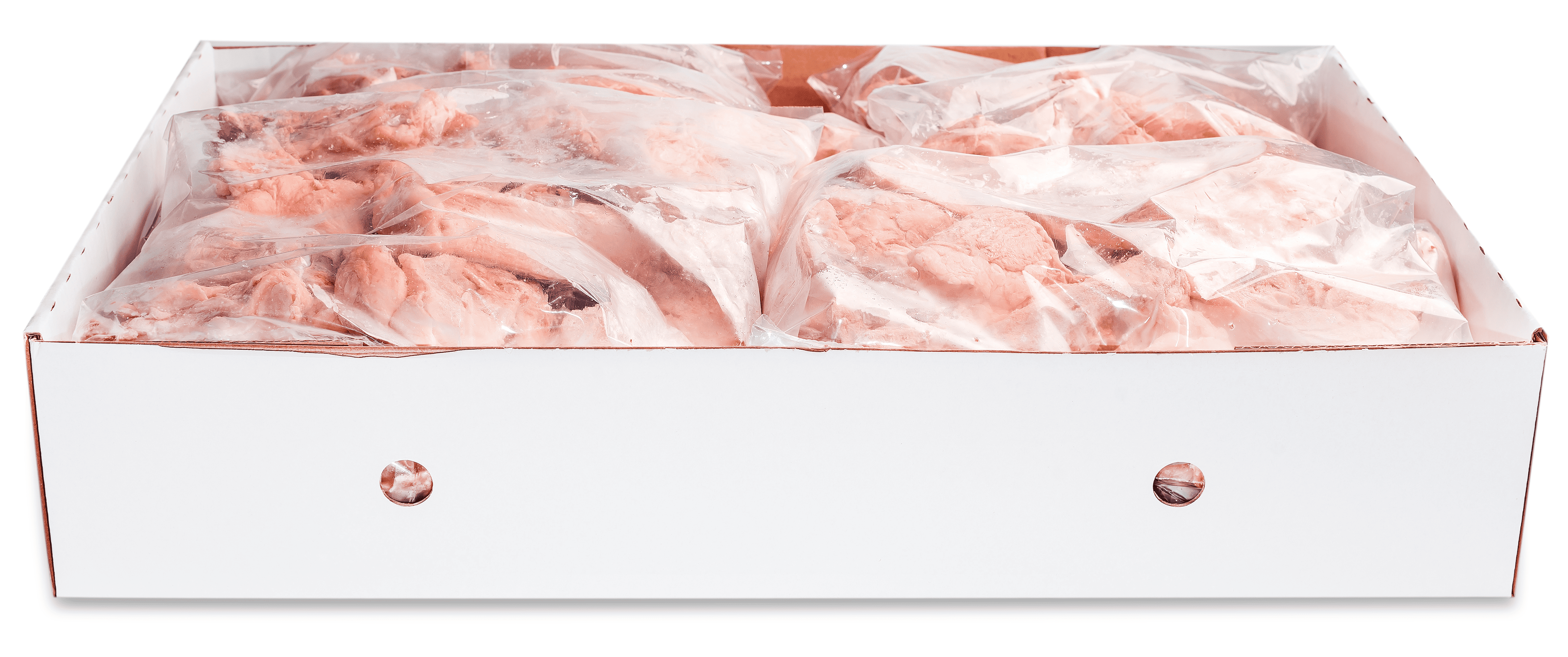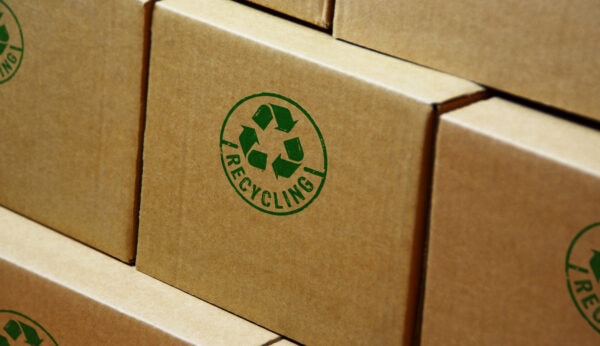What Makes Good Meat, Fish and Poultry Packaging?

When you're in the business of supplying fresh, vacuum-packed, or frozen food, you want to ensure that the packaging you use is suitable for the purpose.
At Diamond Box, we possess the expertise and knowledge to provide you with sustainable packaging that meets your requirements. We comprehend the stringent regulations governing food supply and ensure our packaging consistently adheres to the latest standards.
In this article, we'll delve into the essential factors contributing to effective packaging for meat, fish, and poultry, maintaining the quality and safety of your products.
1. Insulations
To guarantee the freshness and quality of your meat, fish, and poultry, you require packaging that offers reliable insulation throughout the supply chain.
The thermal performance of the packaging is critical in maintaining the temperature of the products, especially during transportation and storage. Adequate insulation helps maintain the products at the optimal temperature, preventing spoilage and ensuring product safety.
Moreover, controlling moisture is crucial to prevent bacterial growth and retain the desired texture and taste of the meat, fish, and poultry. Packaging that effectively manages moisture helps preserve the freshness and quality of the products.
2. Leak-proof Liners
For ensuring the freshness and quality of your meat, fish, and poultry, it's vital to employ leak-proof liners in the packaging, preventing potential spills or contamination throughout the supply chain.
Regarding leak-proof liners, several crucial factors come into play:
- Shelf life: The liner should have an extended shelf life, ensuring that your products remain fresh and protected for a prolonged period.
- Material options: Various materials, such as plastic, aluminium and paper, are available for leak-proof liners. Each material has its advantages in terms of durability, flexibility, and environmental impact.
- Transportation safety: Leak-proof liners should offer a secure seal to prevent leakage during transportation, ensuring your products reach the intended destination in perfect condition.
- Customer convenience: The liners should be easy to open and reseal, providing convenience for customers when storing or consuming the products.
3. Sizing and Compartments
Ensure optimal organisation and protection for your meat, fish, and poultry products with carefully designed sizing and compartments in your packaging. Customisation options in packaging allow you to tailor the size and layout of compartments to suit your specific needs, securely holding your products in place during transportation and storage, thereby reducing the risk of damage.
Furthermore, stackability benefits enable you to maximise space efficiency, making it easier to store and transport larger quantities of products. Considerations for durability are also essential, as robust packaging materials help prevent breakage and maintain product quality. By extending the shelf life of your meat, fish, and poultry, you can reduce waste and increase customer satisfaction.
4. Ventilation
To maintain the quality and freshness of your meat, fish, and poultry products, it's important to consider ventilation in your packaging. Adequate airflow is crucial for ensuring the longevity of your food. Here's why:
- Freshness: Proper ventilation facilitates the exchange of oxygen and carbon dioxide, preventing the accumulation of gases that can cause spoilage and off-flavours.
- Moisture control: Good ventilation helps regulate humidity levels, reducing the risk of moisture buildup leading to bacterial growth and mold formation.
- Microbial growth prevention: Adequate airflow discourages the growth of harmful bacteria and fungi by creating an environment less conducive to their survival.
- Shelf life extension: By promoting optimal conditions, ventilation can help extend the shelf life of your products, allowing them to remain fresh for longer.
5. Sustainability
To ensure the sustainability of your meat, fish, and poultry packaging, strive to use materials that are environmentally friendly and easily recyclable. By employing recyclable and eco-friendly materials, you can reduce the carbon footprint and minimise the environmental impact of your packaging. Here are two key points to consider:
Recyclability:
- Choose packaging materials that can be easily recycled, such as cardboard or paper-based materials.
- If you use plastics, it is recommended to use polythene plastics as they can be recycled and re-used. Find more information on the Polythene Recycling Process.
Waste Reduction:
- Packaging designs that minimise waste, such as using minimal packaging or incorporating innovative packaging solutions.
- Consider using biodegradable or compostable materials, which can help reduce the amount of packaging waste in landfills.
Eco-friendly materials are crucial in today's sustainable world as they reduce environmental impact. By using packaging made from recyclable and biodegradable materials, you not only ensure the freshness of your products but also contribute to a greener future.
6. Conclusion
In conclusion, when packaging meat, fish, and poultry, it's crucial to prioritise insulation, leak-proof liners, sizing and compartments, ventilation, labels and branding, and sustainability.
These factors ensure that the products remain fresh, safe, and of high quality throughout the supply chain.
At Diamond Box, we comprehend the significance of these elements and strive to provide packaging solutions that meet the stringent standards of the food industry.
Trust us to deliver packaging that maintains the top condition of your perishable goods.

